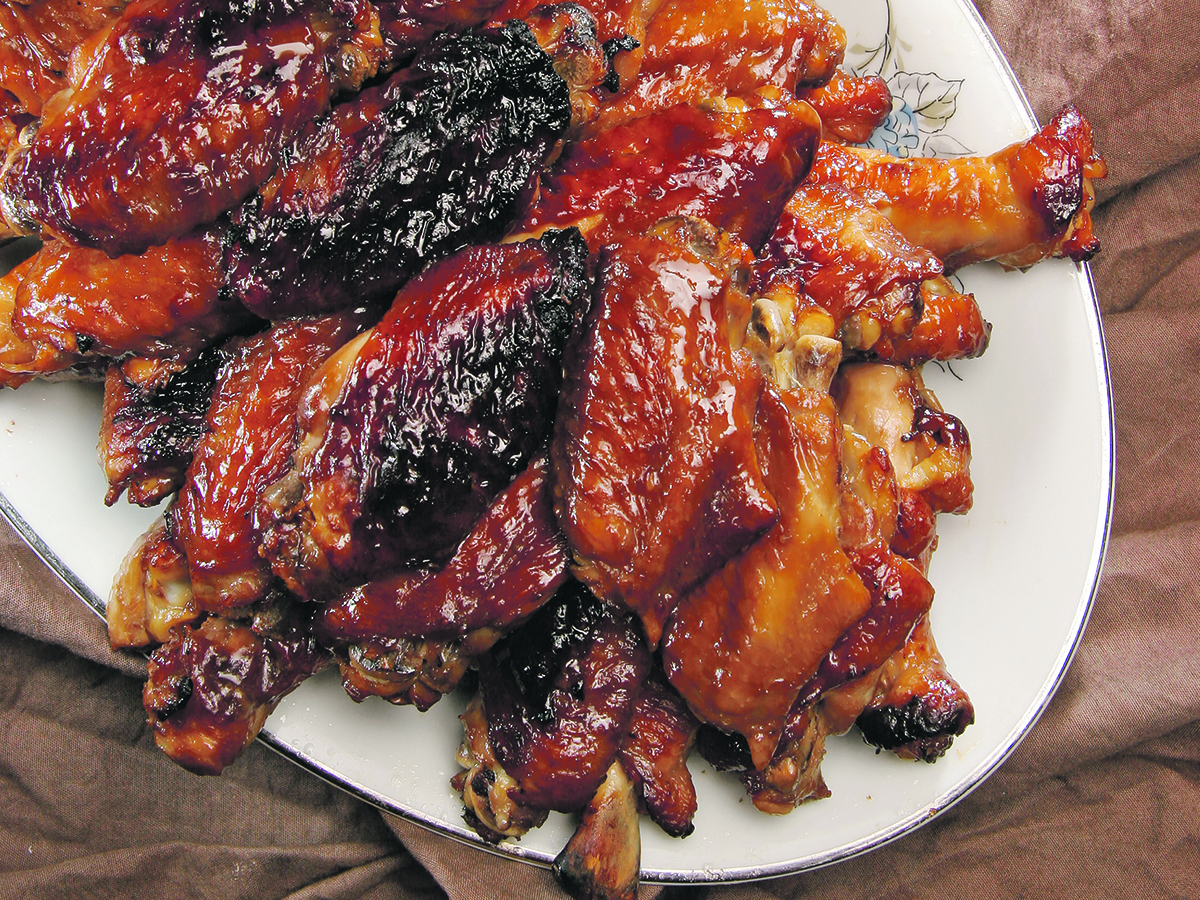Stable prices contribute to durability of demand for this protein source as consumers respond to stubborn food inflation
How does chicken fare in a challenging food market?
Karen Miller, business and market analyst with Alberta Chicken Producers, gave an update on chicken consumption at a regional meeting in Edmonton earlier this winter using information from a consumer research study.
Before COVID-19, consumers ate at home about 63 per cent of the time and used food services about 37 per cent of the time, she said. Then the pandemic shut down food services and everything turned to retail. Now 64 per cent of meals are eaten at home and 36 per cent are eaten at food service.
Read Also

Half million acres of Alberta crops affected by massive hail storm
Late August hail storm catches farmers in prime harvest mode, damaging half million acres of crops in Alberta.
“We’ve got one per cent more to go before we’re at those pre-COVID levels in terms of where consumers are spending their money,” Miller said.
Consumer trends will change with the aging population.
“By 2041, we’re going to have one in four Canadians over the age of 65 and in terms of the diversity of our population, by 2041, we’re going to see another 41 per cent of our population be visible minorities. This is definitely something we will be addressing in our consumer research study.”
There are many newcomers to Canada and they bring their own dietary habits, she added.
“We know they’re meat eaters. We’ve already surveyed them for that, but what kind of meat are they eating? Are they eating a lot of chicken, goat or lamb?
“We’re really drilling into that so that we can understand the aging and diverse population. We do know the aging population does tend to eat less meat when it comes to proteins, but again, we’ve got that on our radar.”
The study also indicated how inflation has influenced consumer trends.
“Consumers have really shifted on how they spend their money,” said Miller. “They’re looking at what is on sale, eating out a bit less and really watching their leftovers.”
The good news is that even though people have changed their purchasing habits, they will continue to buy meat, she said. They may try to spend less on meat and buy ground beef instead of a steak, and buy chicken thighs instead of chicken breast, but few people said they would stop eating meat altogether.
Even those with higher incomes are being frugal, according to data. Households with an income of about $125,000 a year are also shifting to discount retailers.
“The Walmart parking lot looks a lot different than it probably did before,” said Miller. “There’s probably a few high-end vehicles sitting in the Walmart parking lot that we never used to see.”
During the pandemic, people shopped less but bought more when they did shop. Now they shop more often but buy less on each trip.
Miller said the consumer survey showed protein is important and about 67 per cent of consumers are trying to increase their protein content.
“We know there are many choices of protein, but one nice thing is that animal protein is definitely an important source of protein,” and chicken is a particularly attractive. “Chicken is not only high in protein, but it’s low in calories.”
The price of chicken has stayed relatively flat over the past year.
“Consumers are spending about 3.4 per cent more, and they’re getting four per cent more in volume,” said Miller.
Beef prices have risen about nine per cent and pork prices have risen 2.29 per cent. Volumes have been affected as well.
“When you look at your three major proteins, the only one that’s growing in tonnage is chicken.”
















